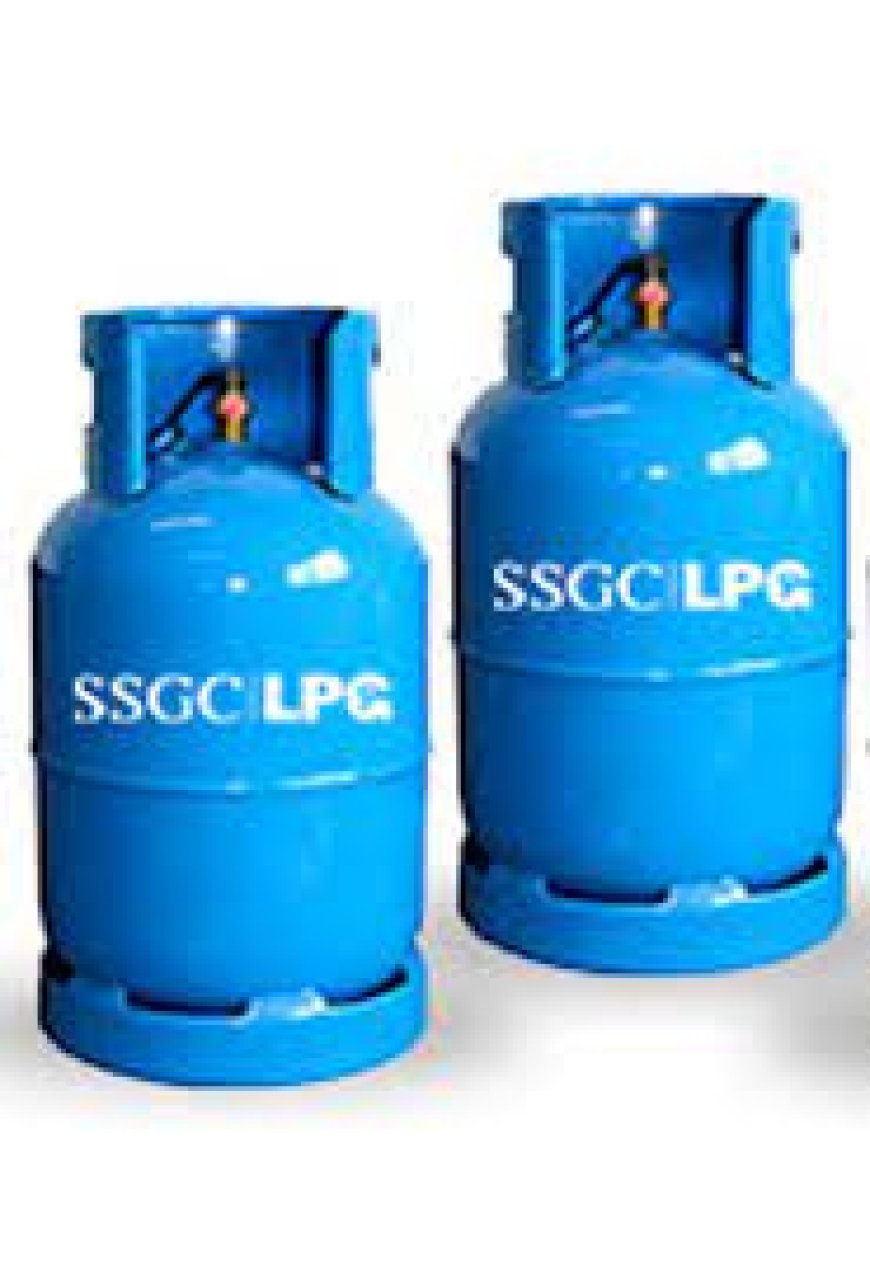Opportunities and Problems in the Changes in LPG Prices in Pakistan

introduction
Liquefied petroleum gas (LPG) is an important source of energy for many people in Pakistan. It is used for cooking, heating, and many industrial tasks. The price of LPG as an alternative to standard fuels is a big part of how the country's economy works. This piece talks about the different things that affect the changes in LPG prices in Pakistan. It also talks about the problems that have been experienced and the possibilities for the future.
In Brief
Pakistan's need for LPG has been slowly rising over the past few years. Because more people are moving to cities, the population is growing, and the government is trying to support greener energy sources. LPG has become the fuel of choice for many companies and homes, especially in places where natural gas is hard to get to because it can be used for many things and burns cleaner. However, the unstable price of LPG is a problem for both consumers and businesspeople.
click here: https://pakprices.pk/lpg-gas-price-in-pakistan/
Things that affect how much LPG costs
Some of the things that cause Pakistan's LPG prices to change are listed below:
Global Market Trends: Pakistan receives a large amount of the LPG it needs. As a result, changes in the global price of crude oil, geopolitical unrest, and supply-demand dynamics in foreign markets all have a direct effect on the country's LPG price.
Exchange Rate Fluctuations: A significant factor in influencing the landing cost of imported LPG is the exchange rate between the Pakistani Rupee and major currencies, especially the US Dollar. Volatility in exchange rates can have a big effect on customers' final LPG retail pricing.
Costs of Domestic Production and Distribution: Pakistan still mostly depends on imports to supply its need for LPG, notwithstanding attempts to increase domestic production of the fuel. The retail price of LPG is affected by obstacles in domestic production as well as costs connected with distribution, such as storage and transportation.
Government Regulations and Subsidies: The price of LPG is directly affected by government policies, such as import duties, subsidies, and taxes. Government subsidies have the potential to reduce costs for consumers, especially those in low-income households, but they also affect the economy.
Weather and Seasonal Variations: The demand for LPG changes seasonally, with a larger consumption during the winter months for heating. Extreme weather and natural disasters can cause supply chain disruptions and price fluctuations.
Issues with LPG Cost
Pakistan's LPG business confronts several obstacles to keeping costs steady and reasonable, including:
Despite efforts to increase local supply, Pakistan still needs imports to meet its LPG usage. Dependence on foreign markets exposes the country to supply chain risks and price swings.
Infrastructure Restrictions: Inadequate infrastructure raises running costs for LPG distribution, storage, and transportation, which eventually impacts consumer retail prices. To cut costs and improve efficiency, infrastructure development investments are crucial.
Regulatory Obstacles: LPG business players face difficulties due to the complex regulatory frameworks that include licensing regulations, pricing processes, and quality standards. Price stability and market growth can be facilitated by maintaining transparency and streamlining rules.
Management of Subsidies: Although subsidies are meant to lower the cost of LPG for consumers, their execution offers administrative difficulties and financial strains for the state. Effective systems for managing subsidies are essential for avoiding leaks and ensuring that disadvantaged groups receive targeted assistance.
Market competition and pricing methods: There may be price discrepancies and unethical pricing methods in the LPG market due to the presence of several companies, such as importers, distributors, and sellers. Protecting the interests of customers requires keeping an eye on market trends and ensuring fair competition.
Prospects for the Future
Despite the difficulties, Pakistan's LPG industry offers opportunities for growth and improvement.
Encouragement of Investment in Domestic Production: Improving energy security and lowering reliance on imports can be achieved by pushing investments in domestic LPG production facilities, including exploration, extraction, and refining. To utilize the nation's natural resources, domestic production projects must be supported.
Infrastructure Development: By making smart investments in transportation networks, bottling facilities, and storage terminals, operational expenses can be decreased and efficiency raised. Building a solid infrastructure for the LPG industry can be greatly helped by public-private partnerships.
Encouragement of Clean Energy: LPG helps to lessen indoor air pollution and health issues because it burns cleaner than conventional solid fuels. Promoting the use of LPG for cooking and heating through awareness campaigns and incentives can have a positive effect on the environment and public health.
Policy Reforms and Governance: Encouraging a business-friendly atmosphere in the LPG industry requires streamlining regulatory processes, encouraging transparency, and ensuring adherence to quality and safety standards. Deregulation and market liberalization can support competition and innovation through policy changes.
Diversification of Energy Mix: Including renewable energy sources like solar and wind power in the energy mix can supplement LPG's role in sustainably supplying energy needs as part of a larger energy plan. Enhancing energy resilience and lowering dependency on fossil fuels can be achieved through integrated energy planning and investments in green energy infrastructure.
In summary
There are several intricate interrelated factors, such as infrastructure limits, regulatory frameworks, and global market dynamics. Notwithstanding its difficulties, the LPG industry has a chance to grow and support the nation's environmental sustainability, economic expansion, and energy security. Pakistan may use LPG as a more available and environmentally friendly energy source for its people by tackling the root causes and adopting creative fixes.
What's Your Reaction?
 Like
0
Like
0
 Dislike
0
Dislike
0
 Love
0
Love
0
 Funny
0
Funny
0
 Angry
0
Angry
0
 Sad
0
Sad
0
 Wow
0
Wow
0




















































